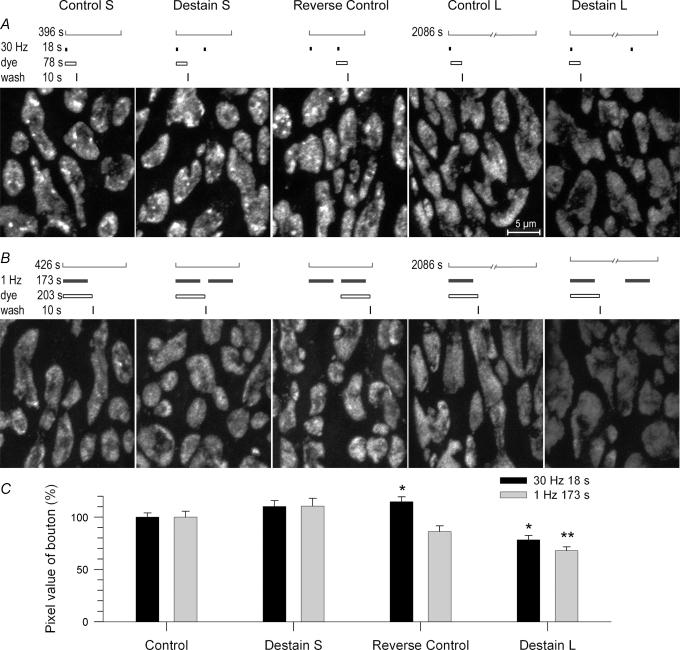Figure 9. Endosomes were not responsible for lack of rapid recycling.
A and B, terminals were loaded with FM1-43 at either high (30 Hz, 18 s) or low (1 Hz, 173 s) frequency and then restimulated with the identical stimulations delivered after either short delay (Destain S; 290 s) or long delay (Destain L; ~30 min). Control terminals (S or L) were loaded and allowed to rest before fixation at the same time as restimulated terminals. Reverse control terminals were stimulated without dye, then restimulated with dye (short delay only; see text). The loading/destaining protocol that corresponds to each example image is shown above it. A, example partial terminals at 30 Hz. Note labelled endosomes in all preparations restimulated after a short delay, but not in those restimulated after a long delay. B, example partial terminals at 1 Hz. Note virtual absence of labelled endosomes in all protocols. C, summary of data from all experiments; dye brightness of controls normalized to 100%. Control, short delay, and reverse control terminals did not differ significantly in dye uptake, with the exception of the 30 Hz reverse controls, which took up slightly but significantly more dye with the second stimulation than with the first. Long delay terminals destained 20% (30 Hz; P < 0.05) and 30% (1 Hz; P < 0.01). Many recently endocytosed vesicles (haze) were available for release after the short delay (Control S) as after the long delay (Control L).

